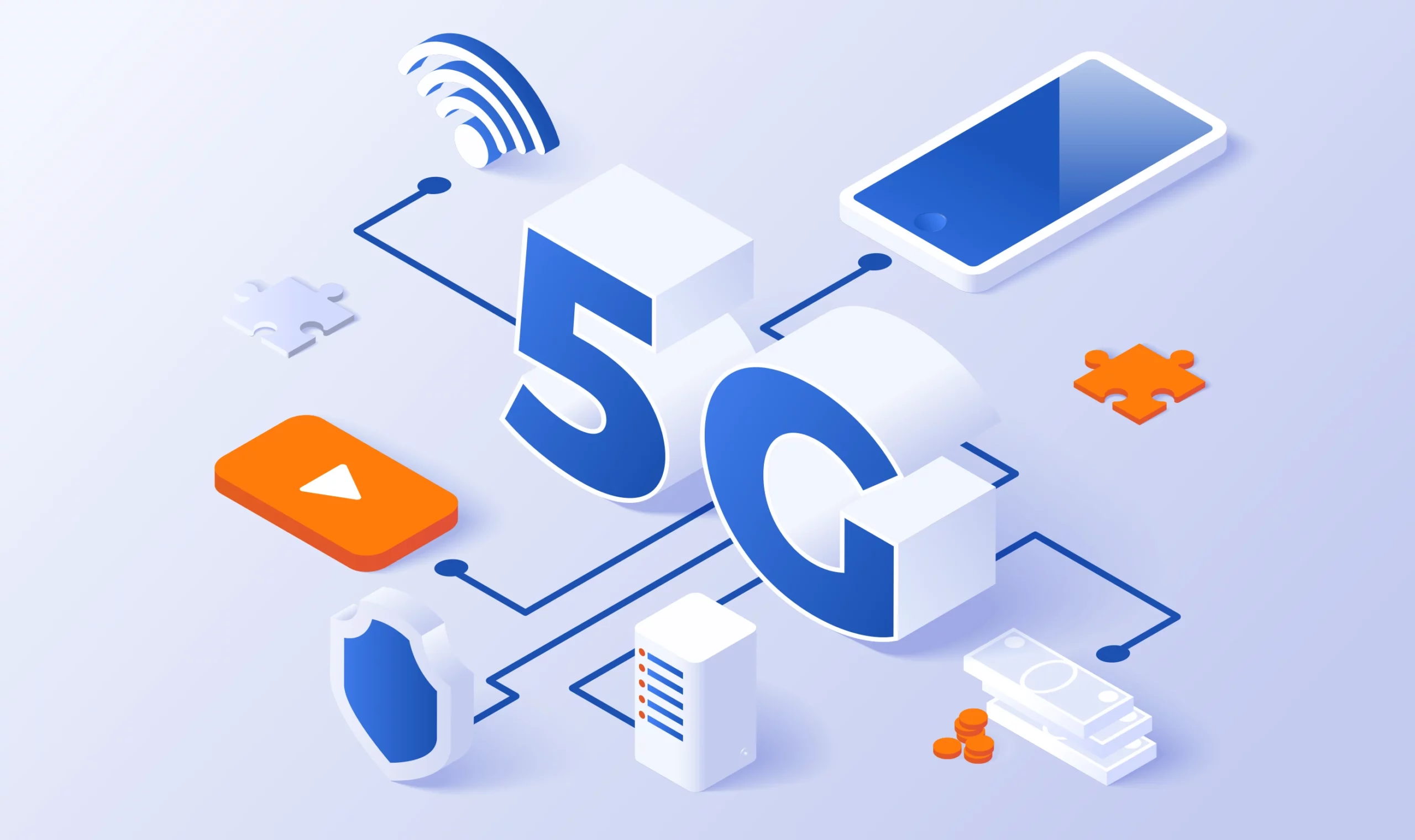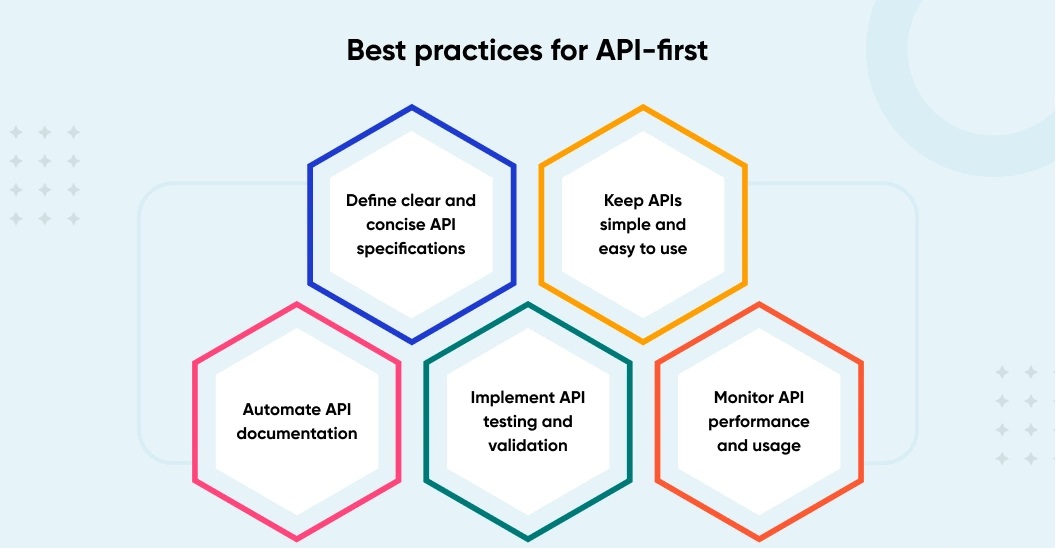The Future of Web App Development: Emerging Trends and Technologies

In the rapidly evolving digital landscape, web app development continues to experience significant changes driven by new technologies and user demands. Businesses that stay ahead of these trends will be better positioned to offer cutting-edge solutions, improve user experiences, and maintain a competitive edge.
Progressive Web Apps (PWAs)
Progressive Web Apps (PWAs) are transforming the way users interact with websites by providing an app-like experience through a web browser. PWAs combine the best of web and mobile applications, offering fast load times, offline functionality, and push notifications, all without the need for an app store download.

Artificial Intelligence (AI) and Machine Learning (ML) Integration
AI and ML are revolutionizing web app development. From chatbots providing real-time customer service to personalized content recommendations based on user behavior, these technologies are enhancing web app functionality and user engagement.

Single-Page Applications (SPAs)
Single-Page Applications (SPAs) improve user experience by loading only a single web page and dynamically updating content as the user interacts with the app. This trend reduces load times and enhances the overall user experience, making SPAs a preferred choice for developers and businesses alike.

Voice Search Optimization
As voice-activated devices like Amazon Alexa and Google Assistant become more popular, web apps need to be optimized for voice search. This trend encourages businesses to integrate voice recognition technology and adapt web apps for voice commands, enhancing accessibility and user convenience.

WebAssembly (Wasm)
WebAssembly is a powerful technology that allows web apps to run at near-native speed by compiling code written in languages like C++ and Rust for the web. This enables developers to build highly efficient, performance-driven apps that deliver faster and more seamless user experiences.

Motion UI
Motion UI is gaining traction as web developers use animations and transitions to enhance user interaction and engagement. Motion UI makes web apps more visually appealing and interactive, driving better user engagement.

Blockchain Technology
Blockchain is no longer limited to cryptocurrencies. It is being integrated into web apps for increased security, transparency, and data integrity. Blockchain-powered web apps are particularly relevant for industries like finance, healthcare, and logistics.

5G Technology
The widespread adoption of 5G technology is set to revolutionize web app development by enabling faster data transfer rates, lower latency, and smoother real-time experiences. Developers can now build more complex, data-intensive applications without compromising performance.

Cybersecurity Enhancements
With increasing cyber threats, security is a top priority in web app development. The future will see more robust security frameworks, including multi-factor authentication, end-to-end encryption, and biometrics to protect sensitive data.

API-First Development
The API-first development approach focuses on designing web apps around APIs from the start, allowing faster and more scalable development. This trend enables seamless integration with other platforms, leading to a more connected and efficient web app ecosystem.

Conclusion
The future of web app development is driven by innovation, personalization, and enhanced user experiences. Emerging trends like PWAs, AI integration, and voice search optimization are reshaping how businesses connect with their customers. Staying ahead of these trends will ensure businesses continue to thrive in an increasingly digital-first world.
Related Blogs
Store Branding Secrets: How to Design a Winning Store Branding Strategy
Crafting a compelling and cohesive brand identity is essential for any successful retail business.This presentation will guide you through the key elements of store branding, from defining your brand's positioning to designing an immersive in-store experience.



